14. The Miles Davis Story (2001)
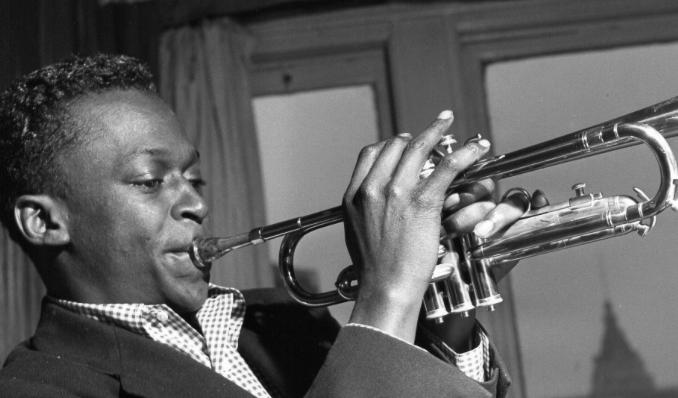
Born in Illinois, Miles Davis had developed his skills as pianist and a trumpeter by his teenage years. Relocating to New York in the 1940s, he briefly attended Juilliard and teamed up with his idol, saxophonist Charlie Parker, joining his Quintet, with the likes of Dizzy Gillespie and Max Roach.
By the 1950s, he struggled with heroin and finding his place in the competitive jazz world, then relocated back to the Midwest. Returning to NYC a few years later with better health, he began working with other heavy weight like John Coltrane, Gil Evans, Red Garland and many more. 1959 saw the released his most successful album, “Kind of Blue”.
During the late 1960s, he would be influenced by funk and rock artists and discover a new sound to be known as “fusion” or “acid jazz”. In the mid-1970s he would retire, but reemerge in the 1980s. Traditional jazz musicians would be critical of his interpretations of contemporary pop/rock music, but Davis wasn’t bothered by such remarks. In 1991, he died as a result of a stroke, pneumonia and respiratory failure.
Made for British TV and directed/narrated by Michael Dibb, “The Miles Davis Story” chronicles his life by using unseen interviews with the subject, along with memories shared by family members, in addition to musicians like Herbie Hancock, Ron Carter, Chick Corea, Marcus Miller, John McLaughlin, Shirley Horn and more.
Plus, it features archival performances with Keith Jarrett, Wayne Shorter, Bill Evans and others. While personally he was problematic, but professionally he would never be replicated.
15. Tupac: Resurrection (2003)
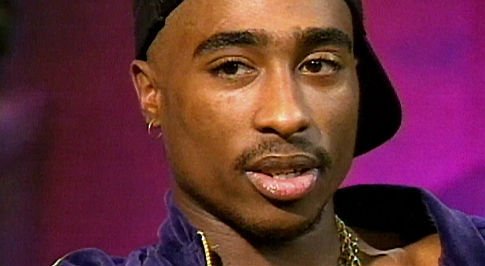
Originally born in NYC, schooled in Baltimore and the landing in California, Tupac Shakur, experienced worlds of poverty, gang activity and plenty of other hardships in his young life. Regardless, his strong relationship with his mother (a former Black Panther), religion and committed interest to multi-facets of the arts (poetry, acting and hip-hop), propelled his spirit to exceed.
By the early 1990s, a former roadie for the Digital Underground, he established himself as a prominent rapper. Branching out on his own, Tupac aka 2Pac became controversial for his violent antics, lyrics and lifestyle. Despite numerous brushes with the law, his career in flourished, until he was gunned down in Las Vegas in 1996.
Directed by Lauren Lazin, “Tupac: Resurrection” is solely narrated by the subject himself interwoven with home movies, television appearances, interviews, photographs, and illustrated poetry.
The film provides an intimate portrayal of one the most revolutionary, prolific and gifted artists of the last decade in the twentieth century, whose influence remains immortal. One of the highest grossing documentaries of the United States and nominated for an Academy Awards in 2005.
16. Crossing The Bridge: The Sound of Istanbul (2005)
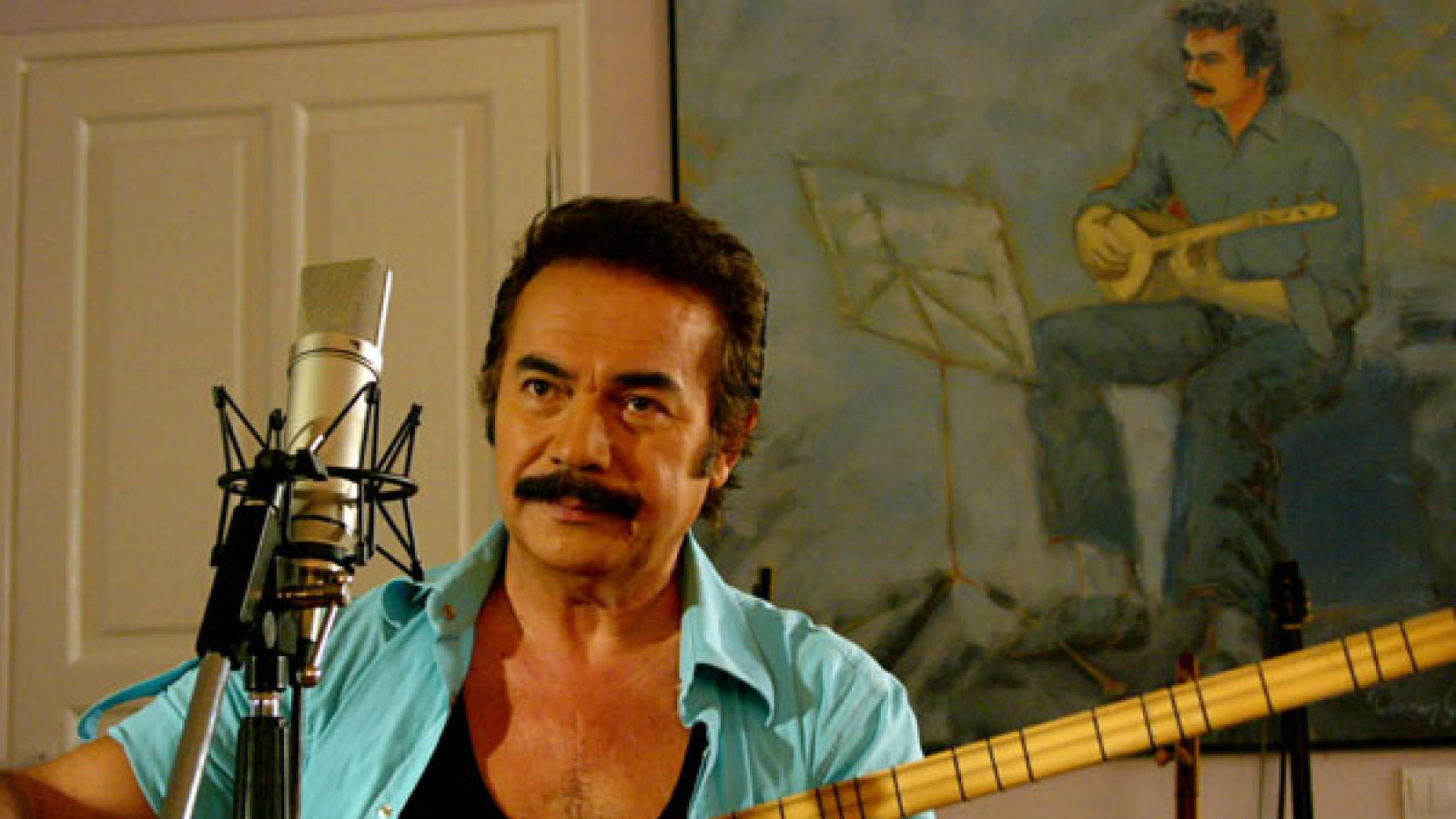
In Istanbul, Turkey, a bridge connects Europe with Asia, blending Western and Eastern cultures together through various genres of music. While much of the city is rooted in ancient traditions, the merging of new ideals that are blending into one to form an even richer society, not in terms of wealth or materialism, but political consciousness as well as progressive. Every turn within the city glistens with colorful and eclectic sounds of rock, hip-hop, techno/trance and arabesuque influences.
German Director, Faith Akin, followed the narrator, Alexander Hacke (of Einsturzende Neubauten), with his mobile recording equipment on an inspired journey throughout Istanbul to assemble a vibrant and intoxicating music scene. Among the performers captured on film and audio are Doublemoon Musiklabel, Baba Zula, Orient Expressions, Burhan Ocal, Sezen Aksu and several others. Warmly embraced by appreciators of diverse interests.
17. Dub Echoes (2008)
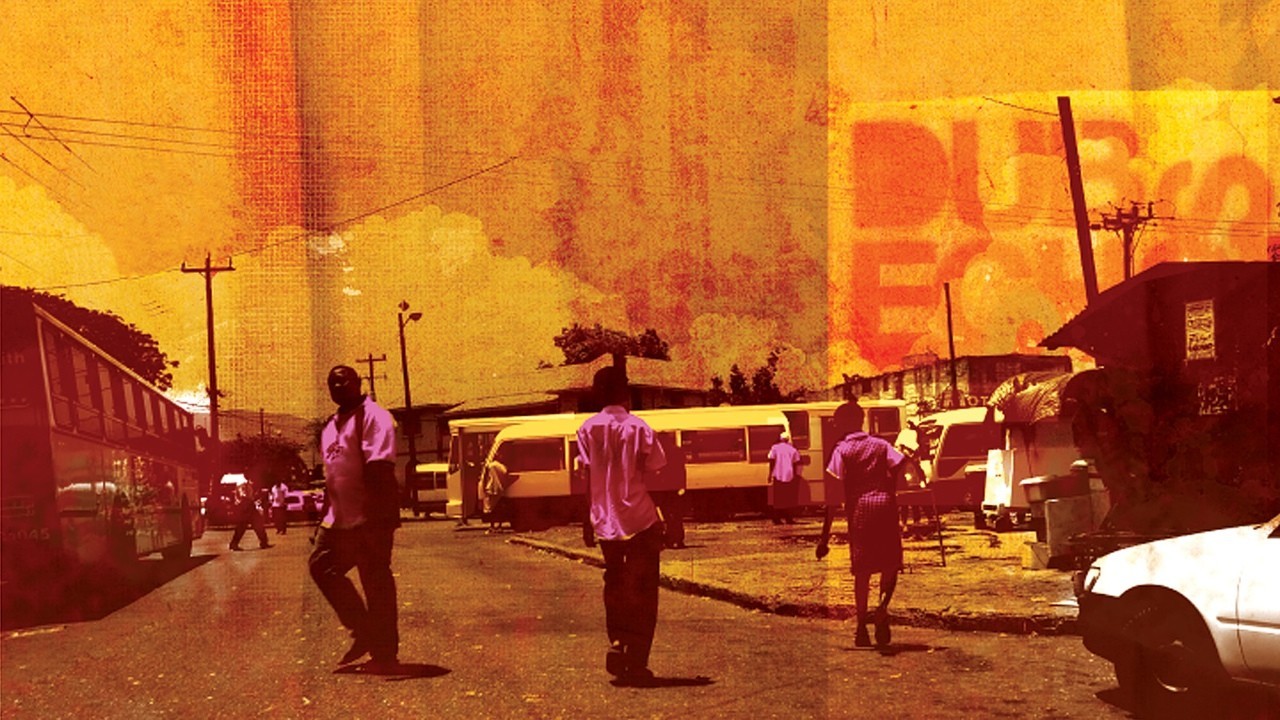
Origins of Dub Music manifested in Kingston, Jamaica in the late 1960s. Though the term “dub” has many interpretations, the standard definition is remixes in looped layers or echo effects added to instrumental tracks, with an emphasis on the drum and bass.
It introduced a new era of creativity with reggae music but expanded into other genres like rock, punk/ska, soul/funk, hip-hop, techno/house and electronica. Since the 1970s, many artists have drawn much influence from dub an original sound and incorporate much of the sonic manipulations into their music.
Directed by Brazilian filmmaker, Bruno Natal, “Dub Echoes” (subtitled “Blacktronica”) captures the genre of Dub Culture, rising from the Jamaican Underground and bringing it to the masses. Interviews with many of the innovators and producers such as Lee “Scratch” Perry, Adrian Sherwood, Mad Professor (aka Neil Fraser), Lowell “Sly” Dunbar, DJ Spooky as well as various groups like Thievery Corporation, Roots Manuva, Zion Train, Basement Jaxx and many others.
18. Lemmy (2010)

Born as Ian Fraser Kilmister in England, he would earn the name “Lemmy” and would be forever immortalized with before leaving high school. Quickly, he developed an interest in the early days of rock and roll music, women and horses.
In the mid-1960s, he joined various bands as a bass player and became a roadie/drug dealer for many musicians like Jimi Hendrix. By the early 1970s, he was involved with the psychedelic space rock group Hawkwind, until a drug arrest promptly got him kicked out.
In 1975, he formed his longest running band Motorhead (a moniker for those who enjoy amphetamines) and sealed his fate as an influential legend to many musicians ranging from punk rock, heavy metal and thrash. Notorious for chain-smoking, whiskey pounding, reckless partying, womanizing, avid reader and history buff, in addition to recording albums and touring relentlessly, never compromising their intensity or sound.
Greg Olliver (“Turn Towards the Sun”) and Wes Orshoski (“The Damned: Don’t You Wish That We Were Dead”) directed the 2010 documentary on Lemmy, chronicling his early life in England up until he moved to Los Angeles, in addition to Motorhead’s tour in America and several European countries.
Countless interviews from friends, collaborators and devoted admirers, such as the Rockin’ Vickers (his band from the 1960s), Hawkwind, Ozzy Osborne, Alice Cooper, The Damned, Peter Hook (Joy Division/New Order), Dave Grohl (Nirvana/Probot), Nikki Sixx, Ice-T and many, many more.
Upon the release of Motorhead’s last album (“Bad Magic”) and tour in 2015, Lemmy was diagnosed with brain cancer, two days after his seventieth birthday. On December 28th, he died at his home in Los Angeles as a result of prostate cancer and heart failure.
19. Finding Fela (2014)
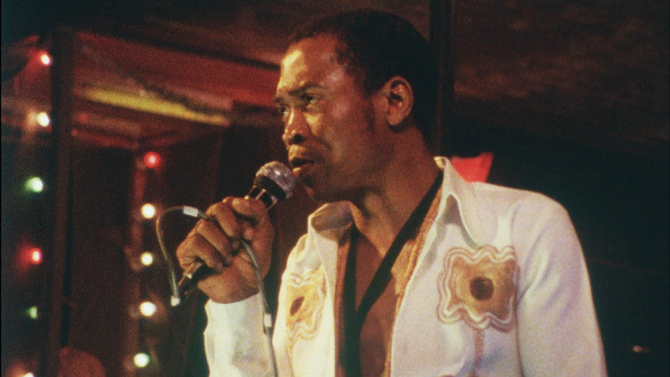
Born in Nigeria to a mother whose parents were a feminist activist and a minister/teacher, Fela Anikulapo/Ransome Kuti developed an interest in music at a young age. In the late 1950s, he attended a university initially to study medicine, but ended up pursuing music instead, namely jazz, classical and African spirituals.
By the late 1960s, he pioneered the Afro Beat sound, traveled to Los Angeles and discovered the Black Panther Party, which would play a heavy influence on his music and politics. Back in Nigeria in the 1970s, he would become an outspoken activist for human rights and the anti-Nationalist regime through his groups, Nigerian ’70, Afrika ’70, and Egypt ’80. He would endure many attacks from the military powers in addition to the heads of state.
Regardless of how badly he was beaten or how much time in prison he served, Fela never compromised his radical ideals. In the late 1980s and 1990s, his performances were rare and recorded material ceased. In 1997, he died as result of AIDS and had refused any treatments, believing he would transcend the virus.
In 2014, the American director, Alex Gibney, released “Finding Fela”, which chronicles the music, life and death of Fela Kuti as well as the production of the off-Broadway musical, which was directed by Bill T. Jones.
Merging performance footage with candid interviews of the subject, along with reflections from his wives, children, friends, collaborators, managers and those who were influenced by him. The documentary received mixed reviews, but won the Best Film Award at the Canadian Music Week Festival.
20. What Happened, Miss Simone (2015)
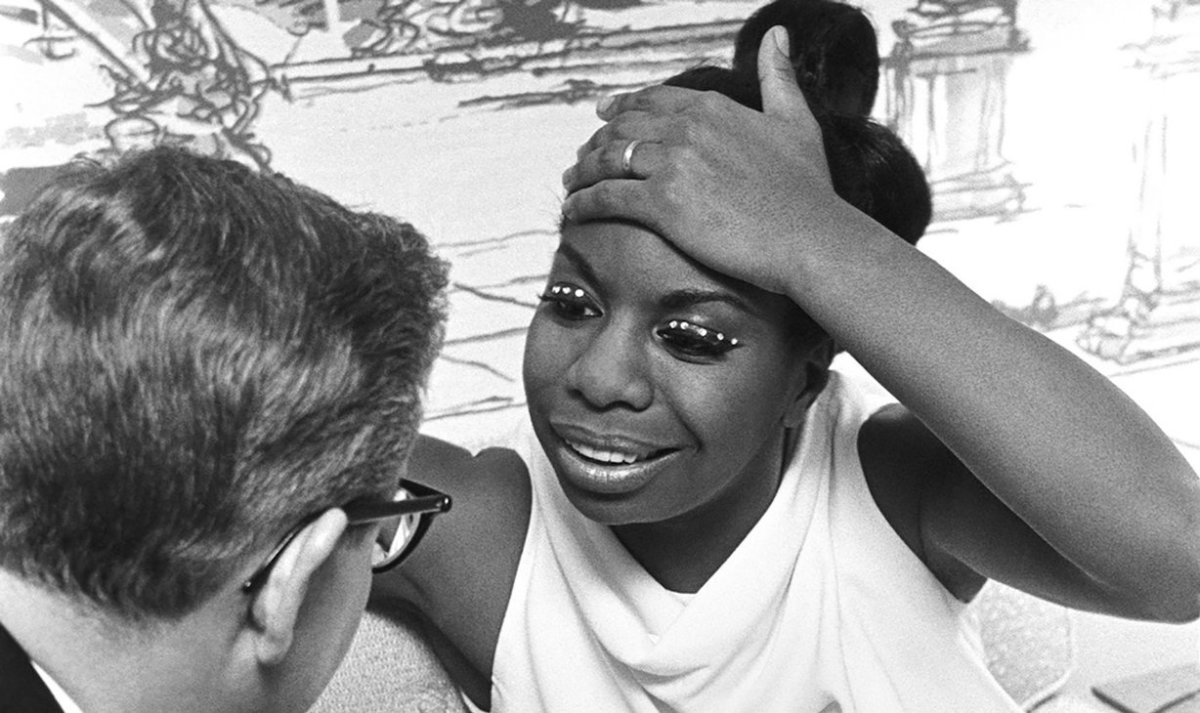
From the age of four, Eunice Waymon later to be known as Nina Simone, aspired to be classical pianist. Growing up in a poor African-American family in the segregated South of rural North Carolina, she developed her musical talent and an outspoken strength.
One of her teachers took up a collection to further her education at Julliard, but was denied after only attending for a summer semester. In the mid-1950s, she and her family moved to Philadelphia, continuing to take piano lessons, but would work late night hours in jazz clubs. After the release of her first album, she became successful and a favorite in Greenwich Village.
By the mid-1960s, she was heavily involved in the Civil Rights Movement, devoted much of her material to the Black Experience, while her marriage to her manager was failing. Being boycotted, she left the United States in the 1970s for Africa and various European countries, where she was more appreciated, but her struggles with mental and physical health were starting to take toll.
“What Happened, Miss Simone” was directed by Liz Garbus (“Love, Marilyn”) and Nina’s daughter, Lisa Simone Kelly, was one of the executive producers. The title’s inspiration is from a Maya Angelou quote.
The documentary combines unreleased interviews, archival footage and photos. Among those who are reflecting on her life are the daughters of Malcolm X (Attallah and Ilyassah Shabazz), the former husband/manager Andrew Stroud, writer Stanley Crouch, along various band members, friends and more.
Despite premiering at the Sundance Festival in 2015, the film was only ever released on Netflix and received an Academy Award Nomination for Best Documentary in 2016.